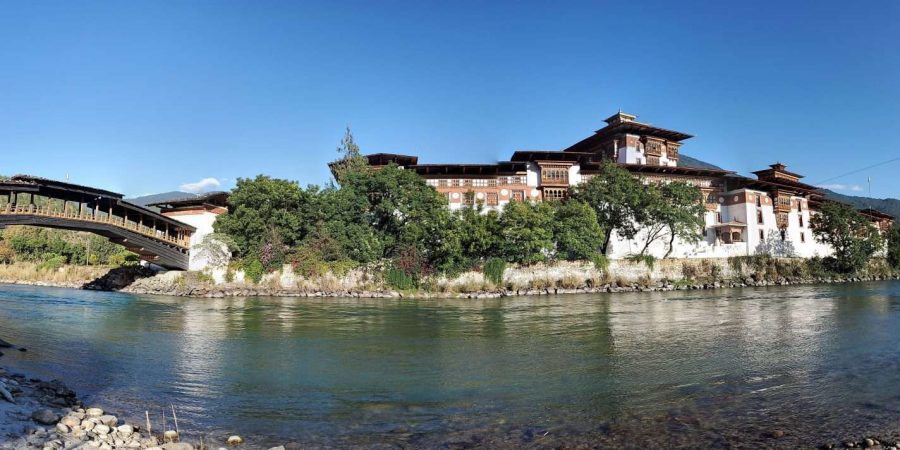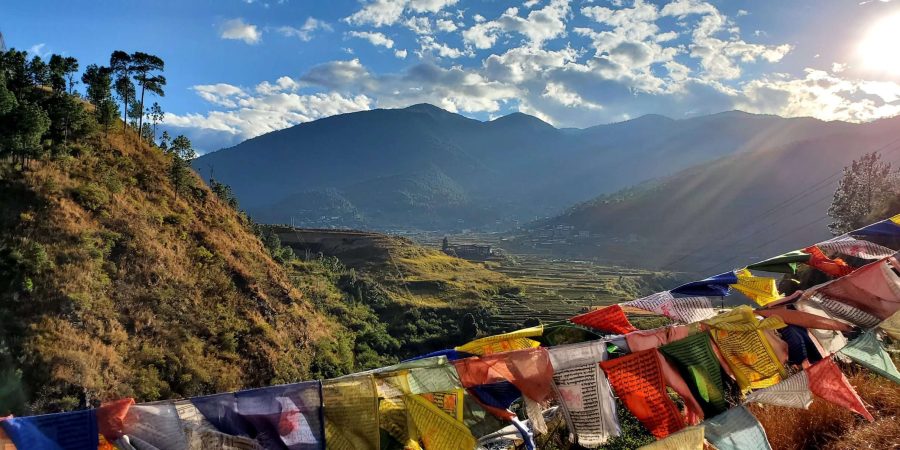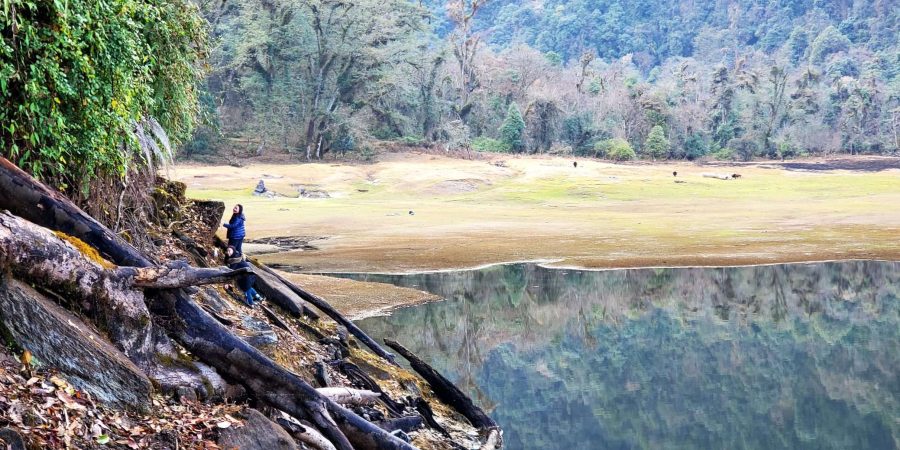Punakha region, a mere 2 hours drive from the capital Thimphu, lies within Bhutan’s versatile landscape and stretches from the lofty terrains of Dochu La down to the subtropical expanse where the revered Punakha Dzong sits by the riverside. This district, rich in cultural heritage and natural beauty, offers an escape not just into the heart of Bhutanese tradition but also into its adventurous avenues. While some opt for a day’s journey from Thimphu, an overnight stay is highly recommended to truly immerse in what Punakha has to offer. From exhilarating river rafting and mountain biking across some of Bhutan’s most scenic trails to embarking on treks that lead to the majestic Gasa Dzong, Punakha is a haven for adventurers and spiritual seekers alike. The climate here is a pleasant departure from the cooler temperatures found in Thimphu or Paro, making Punakha an ideal destination for early-season visits.
Map
Interesting Facts
- Geographical Diversity: Punakha district spans from the heights of Dochu La to the subtropical riverside area of Punakha itself, offering a wide range of terrains.
- Tourist Activities: The region is renowned for its river rafting and mountain biking opportunities, some of the best in Bhutan. It also serves as a starting or ending point for several treks, such as those beginning or ending at nearby Gasa Dzong.
- Climate: Punakha enjoys a noticeably warmer climate compared to Thimphu or Paro, making it an attractive early-season destination for visitors.
- Gasa Dzong: A trip to Gasa Dzong, accessible via a road that leads north out of Punakha through the Mo Chhu valley, offers magical views, excellent birdwatching opportunities, and insight into a remote 17th-century fortress built to protect against Tibetan invasions. The road journey itself is wrapped in verdant forests rich in birdlife.
- Cultural Significance: Gasa Dzong is a site of considerable cultural importance, hosting a three-day tsechu in March that features the performance of a 300-year-old folk song believed to have been composed by Zhabdrung Ngawang Namgyal. This dzong also houses the skeleton of a sheep that followed the Zhabdrung on his journey from Tibet, among other historic and religious artifacts.
- Natural Hot Springs: Below Gasa Dzong, the famous Gasa tsachhu (hot springs) are a sought-after destination, particularly by the elderly and those seeking relief from joint pain and other ailments. These hot springs underline the region’s natural heritage and its importance in local wellness practices.
Attractions
No results found.




